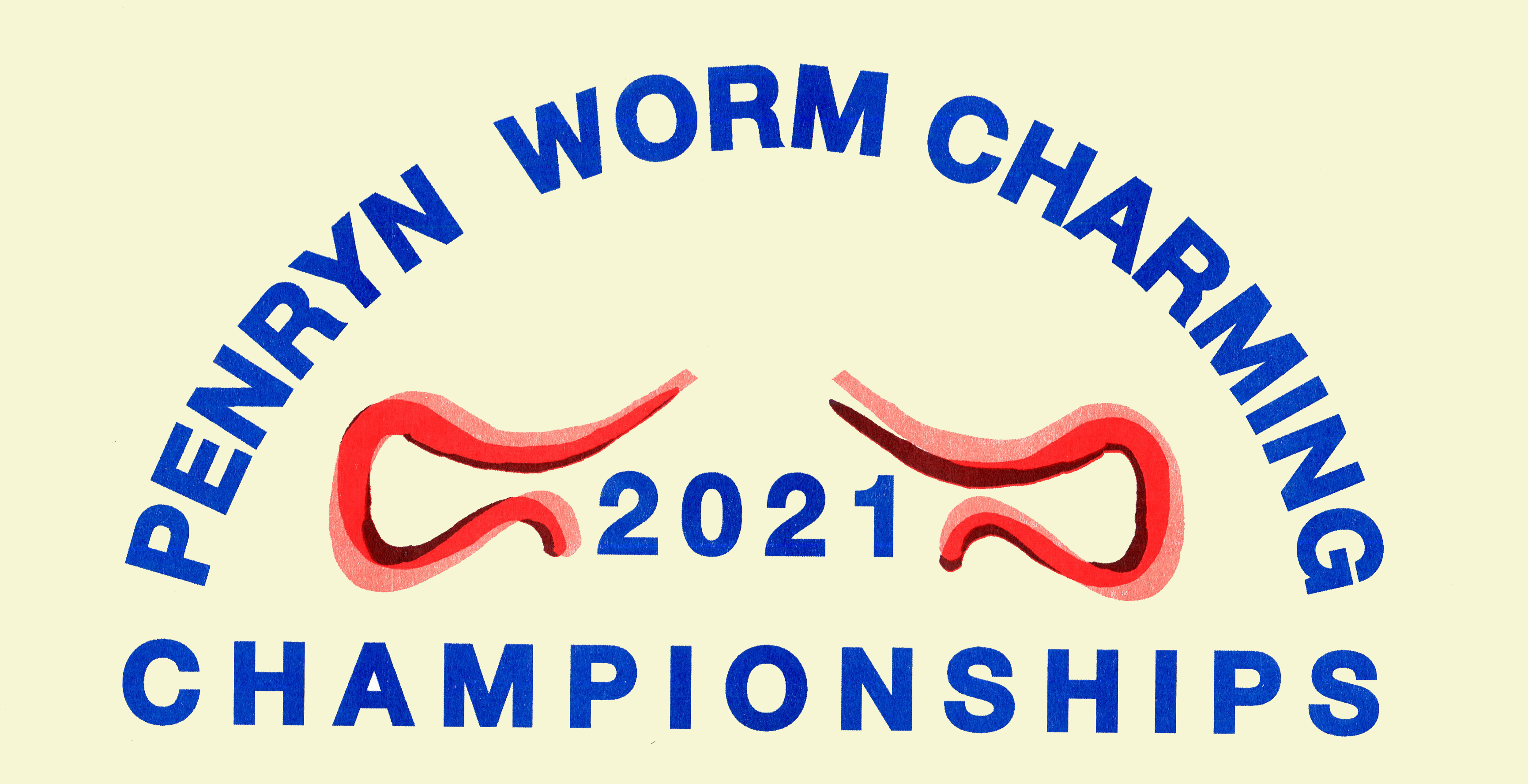
Most worm charming methods involve vibrating the soil, which encourages the worms to the surface. In 2008, researchers from Vanderbilt University claimed that the worms surface because the vibrations are similar to those produced by digging moles, which prey on earthworms. Worm charming is a behaviour also observed in animals other than humans, especially among birds. The methods used vary; however, tapping earth with feet to generate vibrations is widespread. One common example is the "Seagull dance".
In most competitions the fiddlers with the collector (or collectors) of the most worms in a set time are declared as the winners. They usually have a zone in which to perform their charming, measuring three yards square. The current world record was established on June 29, 2009, by 10-year-old Sophie Smith of Willaston, England, who raised 567 worms during Britain's World Worm Charming Championship.
On the 25th July 2021, Gendall hosted Penryn’s first ever worm charming championships.

Worm Charming rules:
- Each team to operate in a 2 x 2 metre plot.
- Teams of up to 4 people per plot.
- 50 plots available
- Each team to bring their own tools for charming.
- Lots to be drawn to allocate plots.
- Duration of competition to be 30 minutes, starting at about 2.30pm.
- Worms may not be dug from the ground. Vibrations only to be used.
- No mechanical vibrators - all vibrations must be made by hand.
- Nothing toxic is allowed to be used and anyone using a liquid must first take a gulp of the liquid in front of the official judge, the "Worm Master", before using it in the competition.
- Any form of music may be used to charm the worms out of the earth.
- Worms to be handled carefully. Incomplete worms won't be counted by the judges.
- Each competitor may only collect worms from their own plot.
- The competitor who 'charms' the most worms to be the winner.
- In the event of a tie, the winner to be decided by a further five minutes of charming.
- Charmed worms to be released after the birds have gone to roost on the evening of the event.





















Image credits Dom Moore and Greg Martin